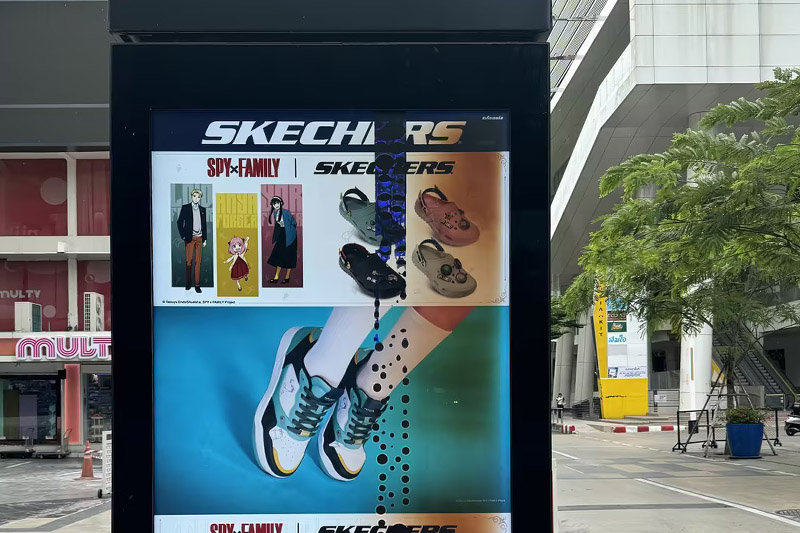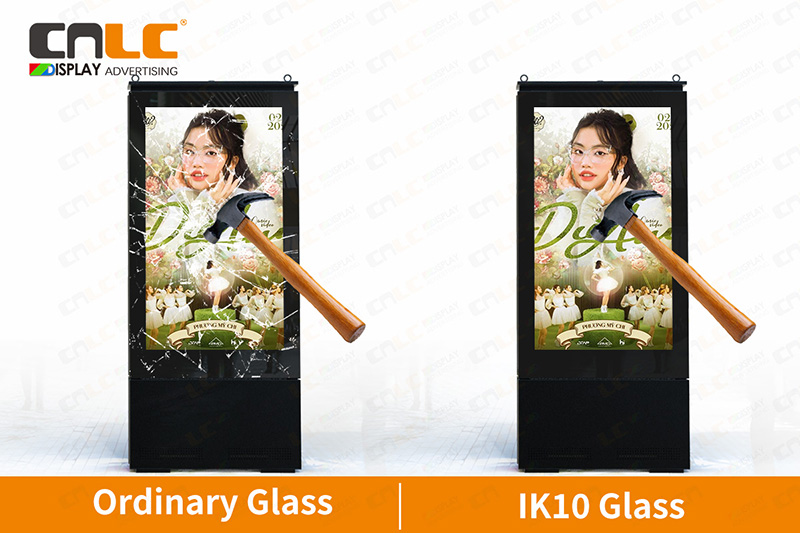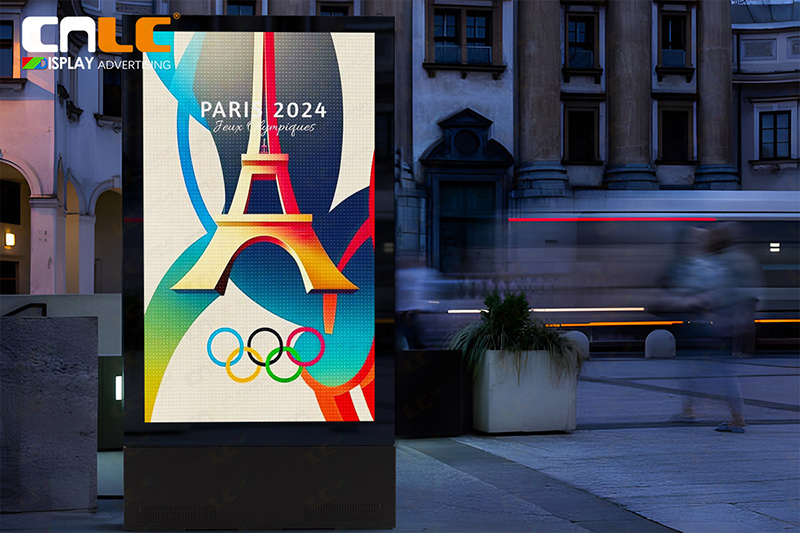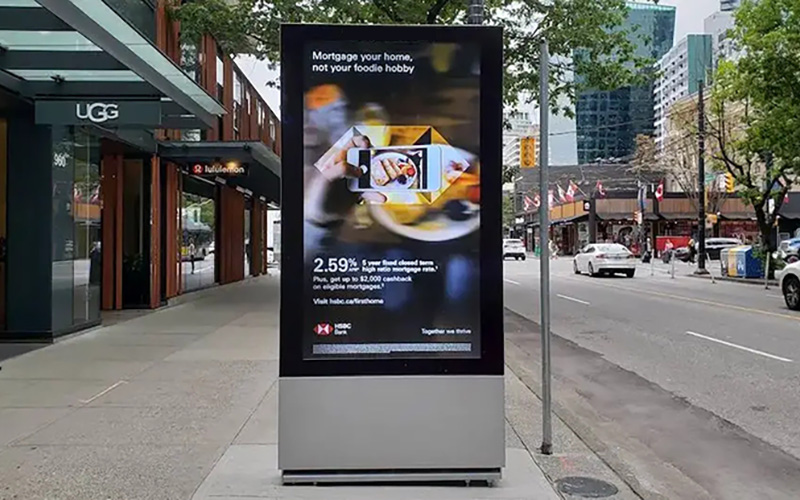what are you looking for?
 How to Prevent LCD Screens from Blacking Out Due to Sun Exposure in Outdoor Digital Signage
How to Prevent LCD Screens from Blacking Out Due to Sun Exposure in Outdoor Digital Signage
 Outdoor Digital Signage: The Ultimate Protection with Double-Laminated Glass
Outdoor Digital Signage: The Ultimate Protection with Double-Laminated Glass
 Digital Signage in Major Sporting Events: Focus on the innovative practices of the Olympic Games
Digital Signage in Major Sporting Events: Focus on the innovative practices of the Olympic Games
 Advantages of Outdoor LCD Digital Signage
Advantages of Outdoor LCD Digital Signage
 The Significance of Freestanding Digital Signage in Outdoor Advertising
The Significance of Freestanding Digital Signage in Outdoor Advertising

 Tel : +86 18688410533
Tel : +86 18688410533 Email : info@cnlcdisplay.com
Email : info@cnlcdisplay.com STAY CONNECTED Get our news, offers, and more...
STAY CONNECTED Get our news, offers, and more...









